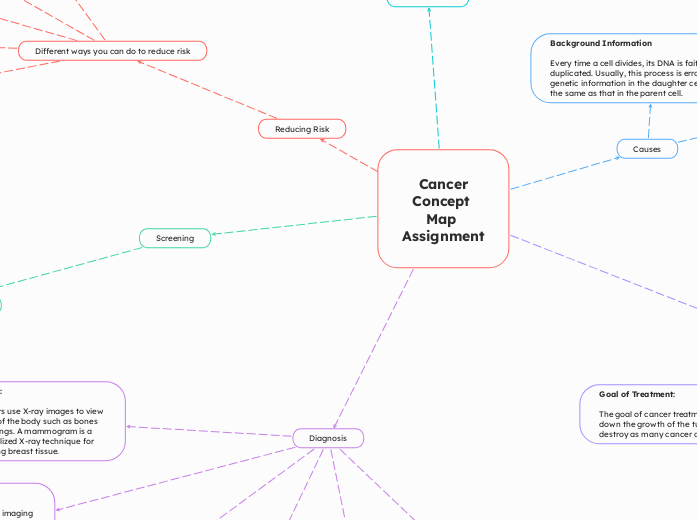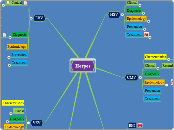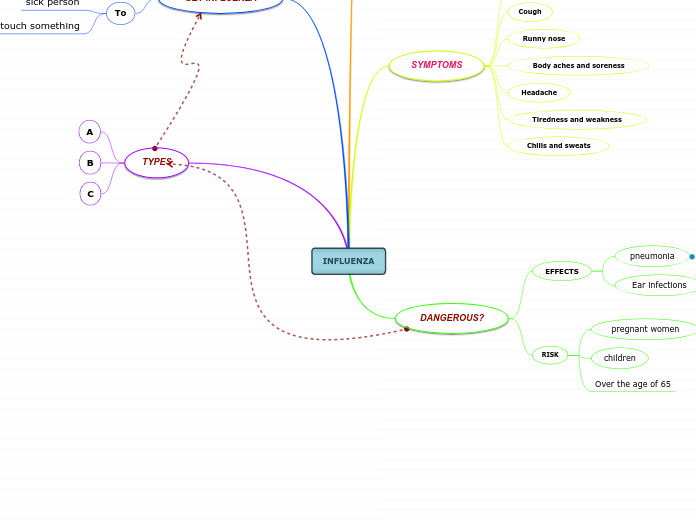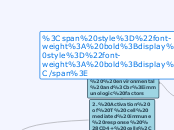по EASON YANG 3 месяца назад
102
Cancer Concept Map Assignment
Cancer detection and treatment involve a variety of screening tests and methods to ensure early detection and effective management. Common screening procedures include Pap tests for cervical cancer, blood tests for colon cancer, skin checks for melanoma, and PSA tests for prostate cancer.









